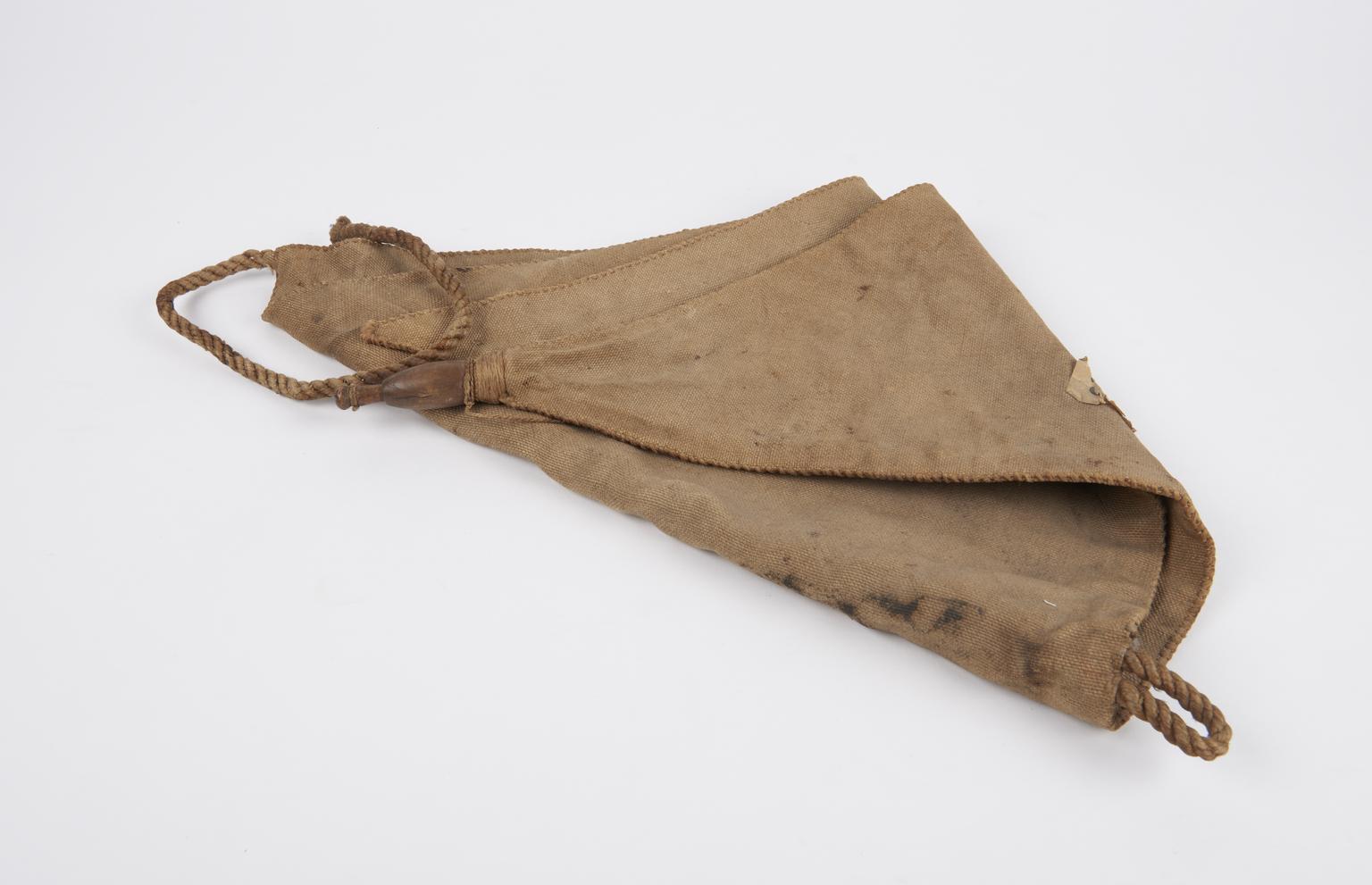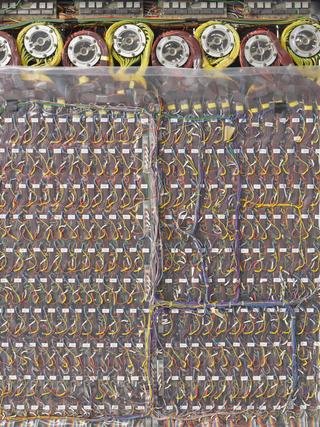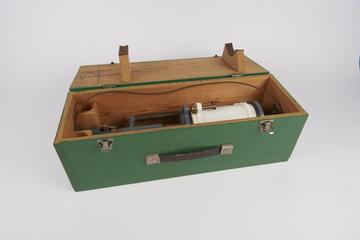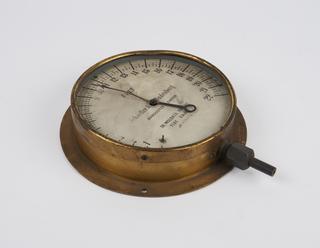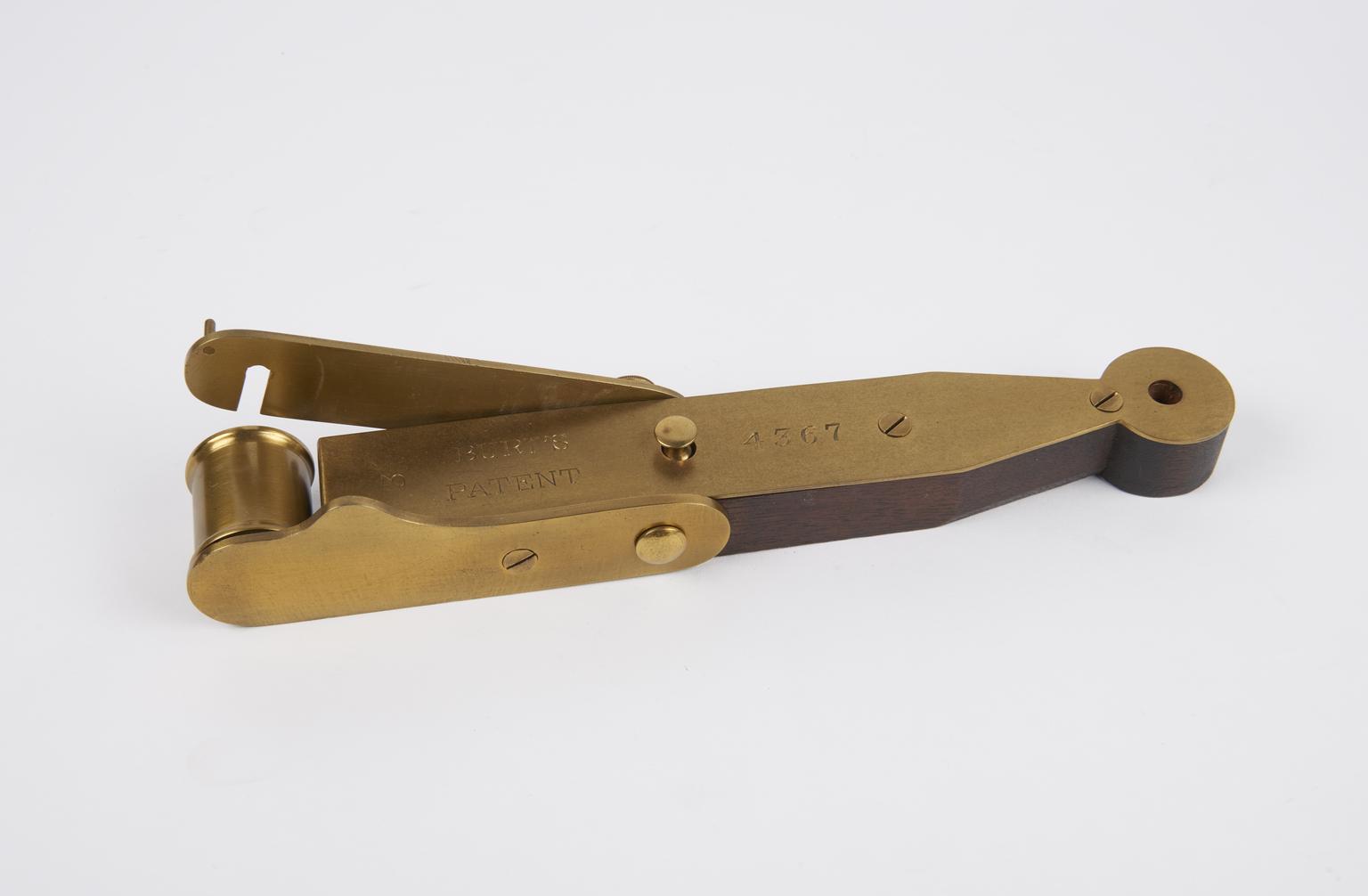
Nipper from ‘buoy and nipper’ sounding device by Peter Burt
Nipper, from buoy and nipper sounding device for measuring the depth of the ocean, by Peter Burt, London, England, about 1812.
More
Taking accurate soundings (measurements of distance to the sea floor) from on board a ship was difficult. The method introduced by the US Navy and copied by British and French officers was to run a heavy weight on a line of silk, wire or twine from a ship’s boat. When the weight was judged to have hit bottom, the line would be cut at the surface and the depth worked out from the length of line remaining on the reel. The method was inaccurate where submarine currents took the line sideways.
The buoy and nipper device was proposed by Peter Burt, a London-based tradesman. This device consisted of an inflatable canvas buoy, attached t oa wooden and brass nipper through which the sounding line was passed. The line ran freely out through the nipper, being kept vertically over it by the buoy. When bottom was reached, the whole apparatus was hauled in, the nipper having clamped on the line, and the exact amount of line paid out would be calculated. The device proved very useful when sounding from a ship under way or drifting, as it did away with the need to lower a ship’s boat.
- Materials:
- brass (copper, zinc alloy) and wood (unidentified)
- Object Number:
- 1876-823/1
- type:
- clamps
- Image ©
- The Board of Trustees of the Science Museum
